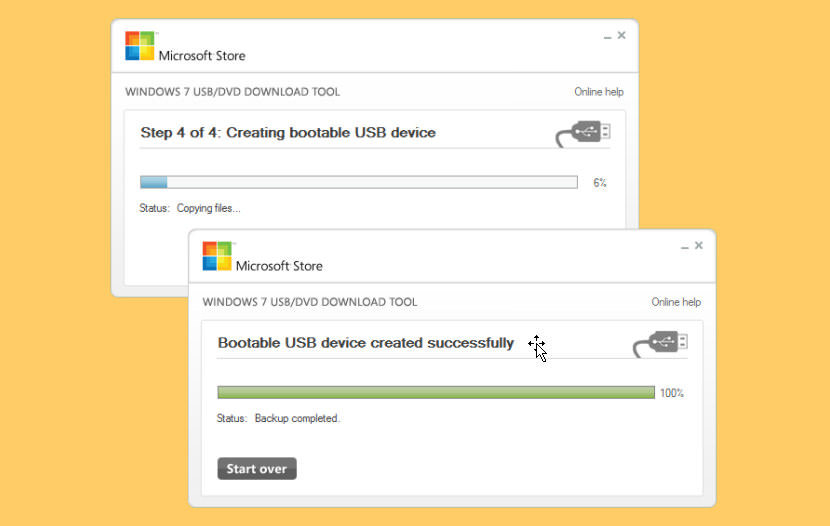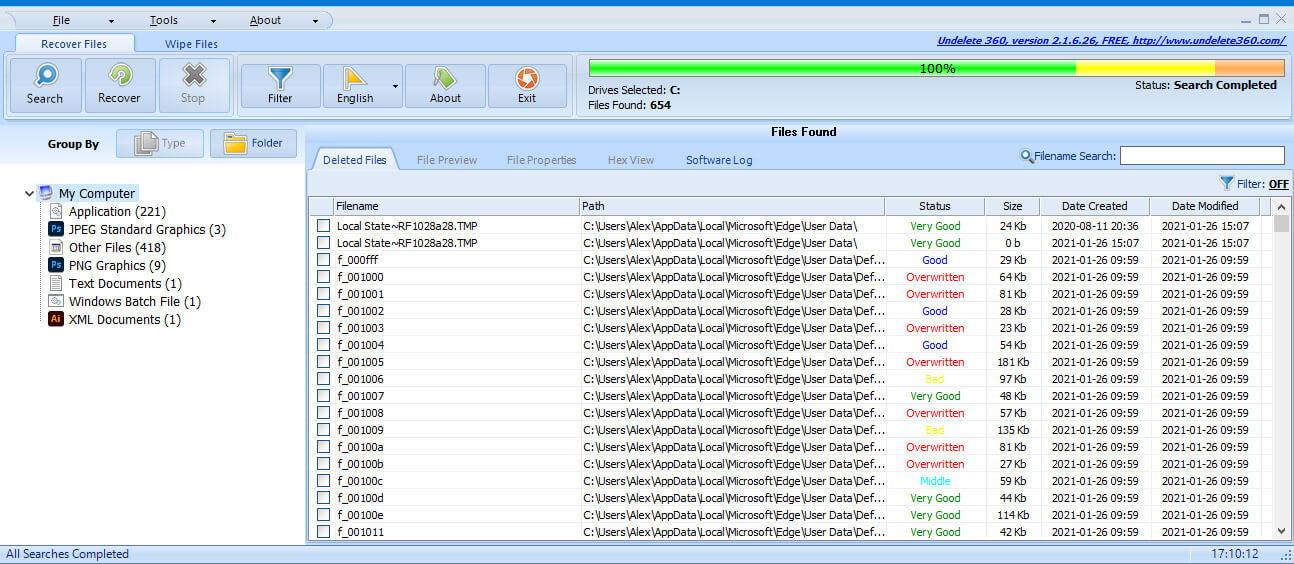

Restart your computer, and then start Windows 7 from the installation disc or USB flash drive as previously described. Save the setting changes, and then exit the BIOS. (The USB flash drive might be listed under "Removable devices" or something similar.) Select your DVD drive or USB flash drive as the first startup device. Boot order settings might also be listed under "Advanced settings" or something similar. On the BIOS setup screen, choose the option called "Boot order," or something similar. Currently, the tool supports consumer PCs manufactured in 2016 and later. If the Windows logo appears, you need to try again by waiting until the Windows logon prompt appears, and then shutting down and restarting your computer again. The HP Cloud Recovery Tool allows you to download recovery software to a USB drive. Usually, you must press a key (such as F2, F12, Delete, Esc) or a key combination immediately after you turn on your computer but before Windows starts. Procedures vary depending on the BIOS manufacturer. On the startup menu, choose "BIOS setup," or "BIOS settings," or something similar. Newer computers often display a startup (or boot) menu.

Turn on your computer, insert the Windows 7 installation disc or USB flash drive, and then restart your computer. The BIOS interface is designed for advanced users, and it's possible to change a setting that could prevent your computer from starting correctly.

Microsoft offers free ISO files for downloading you just have to know where to look. You can reinstall Windows from scratch using the product key that came with your PC, but you’ll have to find installation media yourself. Warning: Be careful when changing BIOS settings. Microsoft no longer offers Windows 7 ISOs for download.


 0 kommentar(er)
0 kommentar(er)
